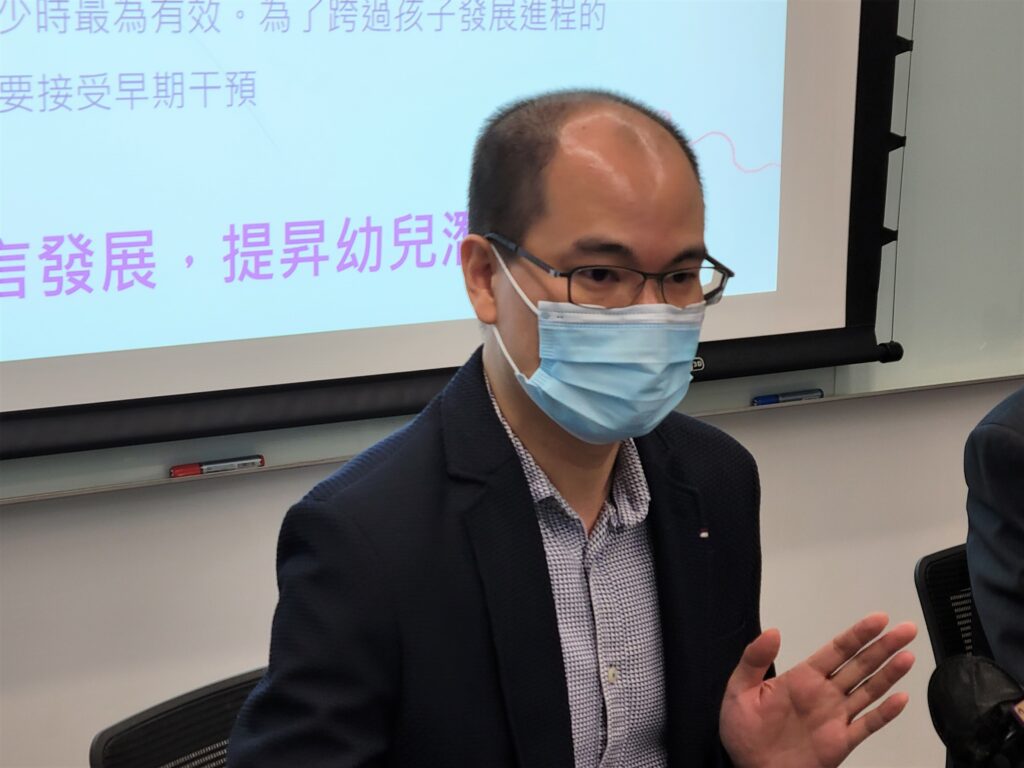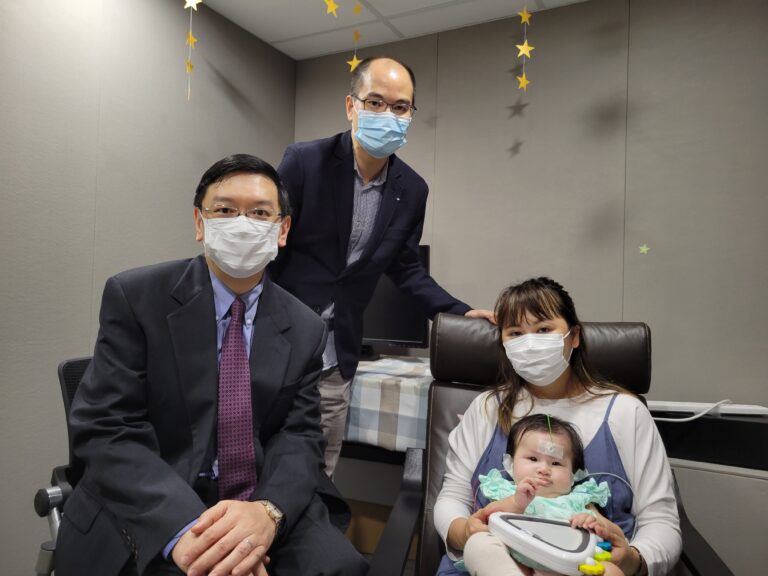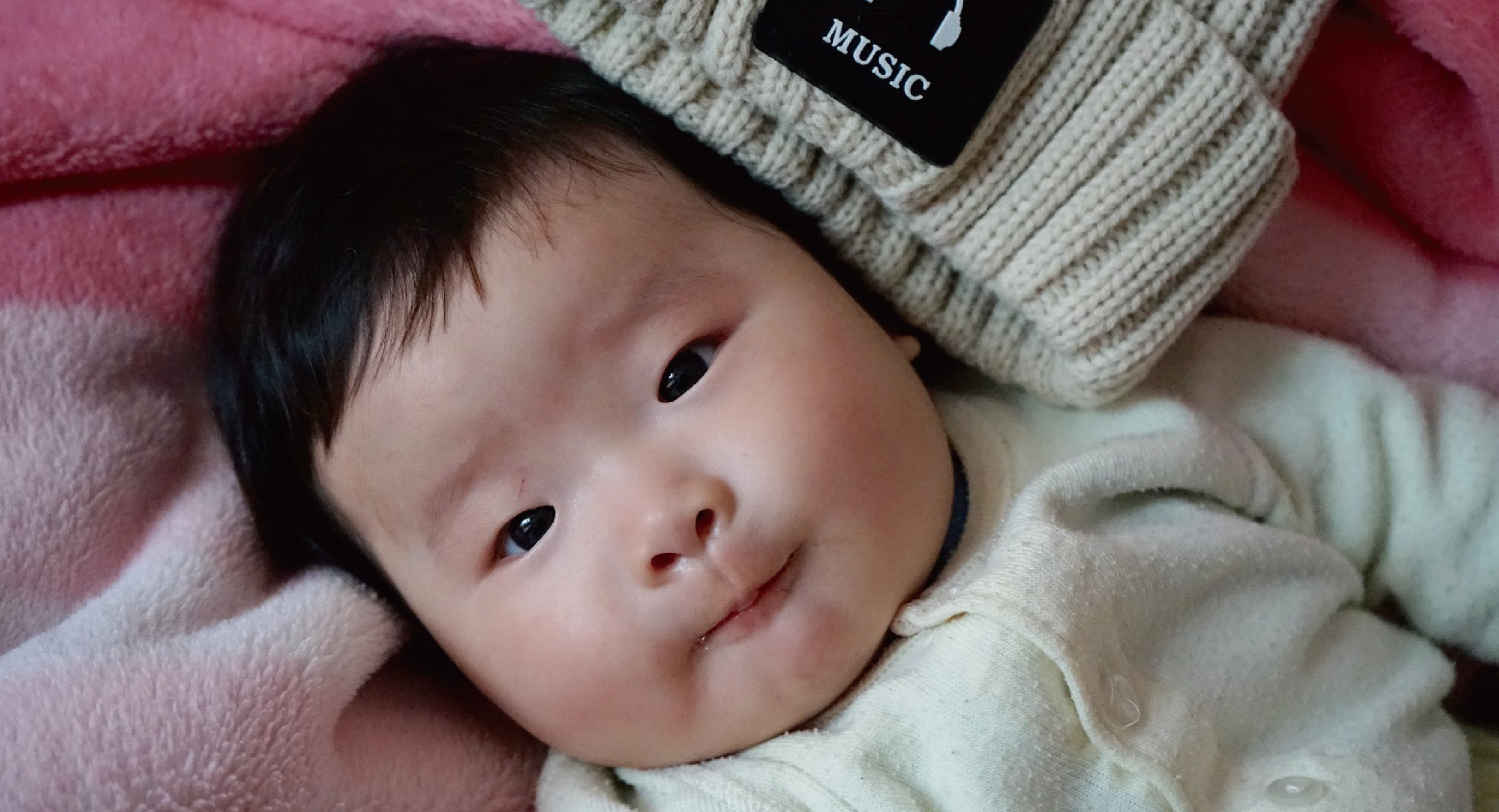The project has developed a test to predict infants’ future language ability by electroencephalography (EEG). With EEG, a method is then devised to forecast language developmental outcomes. By intervening at the earliest possible time, the severity of potential language impairment will be reduced and provide optimised language learning for all children.The predictive models this project constructed using neural measures substantially outperformed models constructed using traditional clinical factors such as birth weight and gestational age.
With early intervention, language can be improved, as the nervous system is at its most plastic in the early years. Interventions that are delivered early have higher economic returns than those administered later in life.



Uniqueness and Competitive Advantages:
- The way how infant’s central nervous system encodes and differentiates speech sounds may effectively predict the language development
- A simple EEG test is the most suitable method for infants with no speaking abilities
- Precise enough to make prediction about an individual child’s development
